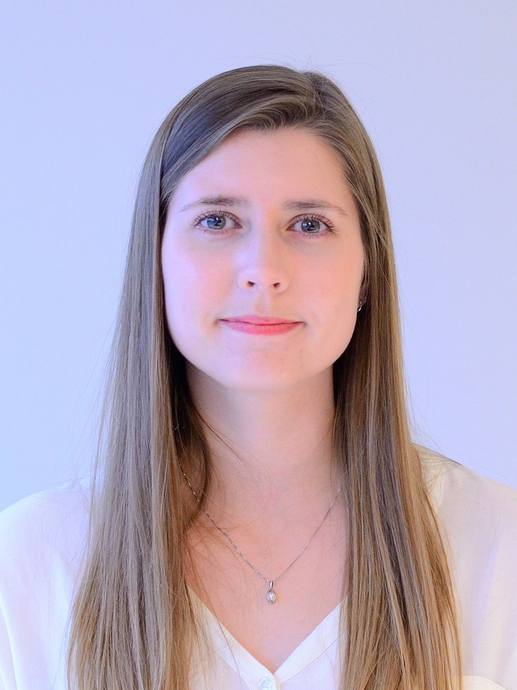
The PhD defence and trial lecture will be hybrid. Attendees can therefore participate either in-person or via Zoom. The link will be available the day before the disputation. The host of the session will moderate the technicalities while the chair of the defence will moderate the disputation. The Zoom links will be published no later than the day before the disputation.
Ex auditorio questions: the chair of the defence will invite the audience to ask ex auditorio questions either written or oral. This can be requested by clicking 'Participants' -> 'Raise hand'.
Join the disputation
The meeting opens for participation just before the disputation starts, and closes for new participants approximately 15 minutes after the defence has begun.
Join the trial lecture - 8th of December at 12:45 (Aud. 209, Svein Rosselands Hus/Zoom)
"The status of the S8 tension"
Conferral summary
Massive nøytrinoer og modifisert tyngdekraft er to tilsynelatende forskjellige aspekter av kosmologi - den førstnevnte en påvist massiv partikkel og den sistnevnte en foreslått endring av tyngdekraften. Det viser seg at disse to komponentene har en lignende innvirkning på universets storskalastruktur og dermed oppleves som degenererte parametere for noen observable. Denne avhandlingen undersøker dette videre via konstruksjonen av simuleringer og emulatorer som inneholder begge komponentene, samt analyse av de påfølgende resultatene.
Main research findings:
Massive neutrinos and alternative theories of gravity are two seemingly different aspects of cosmological study. On one hand, we have actual particles known to exist, and on the other, a proposed change to the description of gravity. While the presence of massive neutrinos suppresses structure formation on certain scales, modified gravity theories tend to enhance it, resulting in a degenerate effect for some cosmological observables. To properly constrain models of modified gravity, this degeneracy must be considered. This is also true in reverse, when using cosmology to constrain the absolute mass scale of neutrinos, which is yet to be accurately determined.
In this thesis, the effects of modified gravity and massive neutrinos are investigated both separately and combined. This is done through the development, use, and analysis of cosmological simulations. The above-mentioned degeneracy is further explored via the analysis of cosmic voids, which are vast underdense regions in the cosmic web. In addition, a pipeline for generating emulators of large-scale structure statistics for universe models beyond the standard one is created using approximate simulation techniques and machine learning. This pipeline, named Sesame, opens the opportunity of studying alternative universe models without the need for large computing resources.
